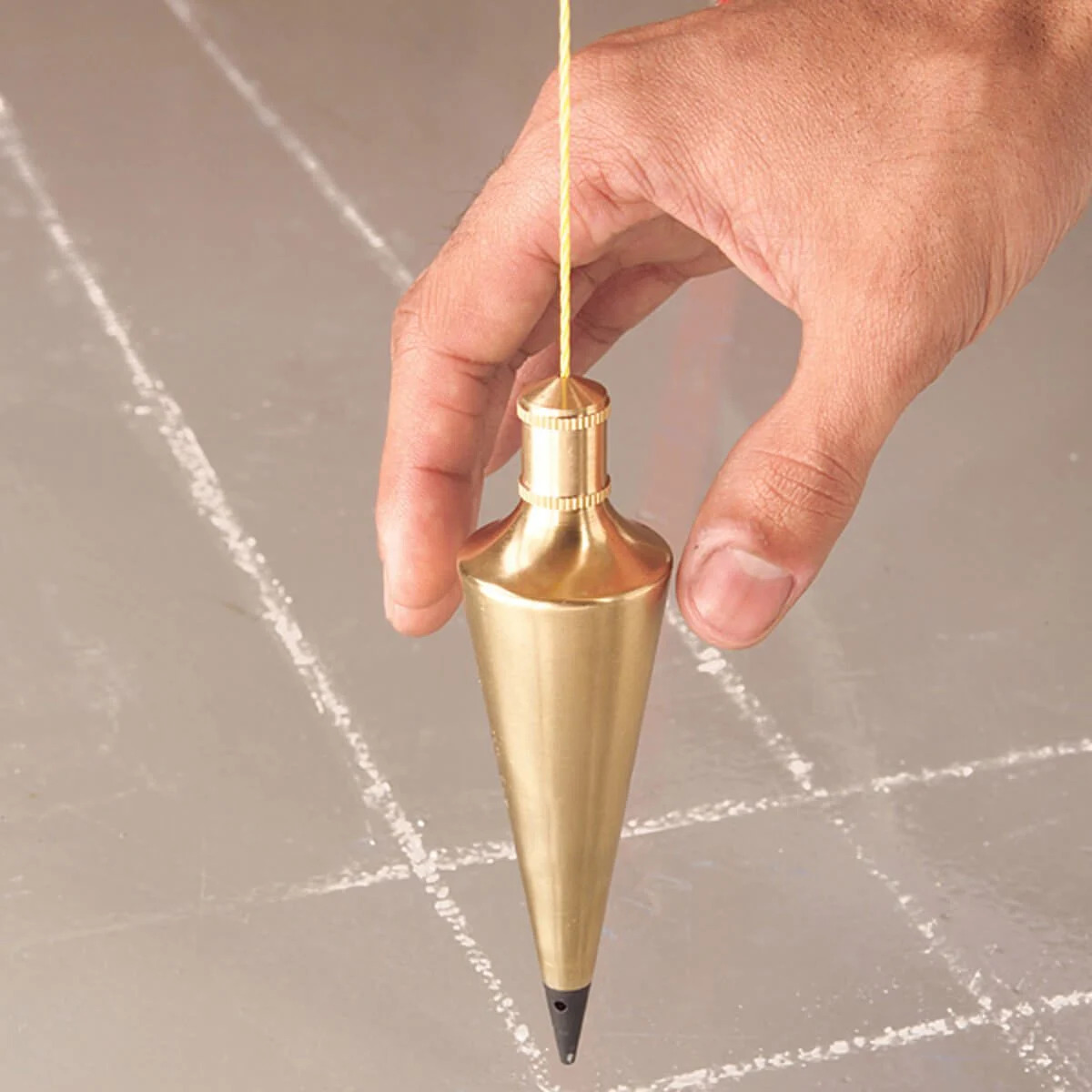

Articles
What Is A Plumb Bob Used For In Surveying
Modified: October 21, 2024
Discover the importance of plumb bobs in surveying with this informative article. Learn how these tools are used to ensure accurate vertical measurements.
(Many of the links in this article redirect to a specific reviewed product. Your purchase of these products through affiliate links helps to generate commission for Storables.com, at no extra cost. Learn more)
Introduction
In the field of surveying, precision and accuracy are paramount. Surveyors rely on a wide range of tools and techniques to ensure measurements are taken with utmost precision. One such tool that has been used for centuries is the plumb bob. This simple yet effective tool plays a crucial role in ensuring verticality and alignment in surveying projects.
A plumb bob, also known as a plummet, is a weighted object that is suspended from a string. It is used to determine the vertical alignment and ensure that objects and structures are perfectly upright. Surveyors rely on the gravitational force exerted by the plumb bob to establish vertical reference lines, making it an invaluable tool in the field.
Throughout history, plumb bobs have been used in various cultures and civilizations to aid in construction, architecture, engineering, and surveying. The design and materials used for plumb bobs have evolved over time, but their fundamental purpose remains the same – to provide a vertical reference line for accurate measurements.
In this article, we will delve deeper into the world of plumb bobs, exploring their historical background, components, working principles, and their importance in surveying. We will also highlight the common uses of plumb bobs in surveying projects, as well as their advantages and limitations in this field.
So, let’s unravel the mysteries of the plumb bob and discover how this seemingly simple tool has been shaping the world of surveying for centuries.
Key Takeaways:
- Plumb bobs have been shaping the world of surveying for centuries, providing a reliable vertical reference for precise measurements, stable structures, and level surfaces. Their simplicity and accuracy make them indispensable tools in the field.
- While plumb bobs offer advantages such as accuracy, simplicity, and cost-effectiveness, surveyors should be mindful of their limitations, including sensitivity to environmental factors and challenges in confined spaces. Alternative methods may be necessary in certain situations.
Read more: What Is A Plumb Bob Tool Used For?
Definition of a Plumb Bob
A plumb bob is a specialized tool used in surveying and construction to establish vertical alignment. It consists of a weight, known as the bob or the plumb, which is typically made of metal or another dense material. The bob is attached to a string or line, which allows it to be suspended from a fixed point.
The plumb bob is designed to utilize the force of gravity to create a straight line in a vertical direction. When properly used, it provides a reliable and accurate reference for determining true vertical alignment. By ensuring objects and structures are correctly positioned along this vertical line, surveyors can establish a stable base for their measurements.
The weight of the plumb bob is carefully calibrated to achieve maximum accuracy. It is important that the bob is heavy enough to resist external forces, such as wind or vibrations, while still maintaining a straight alignment. The choice of material for the bob is also important, as it needs to have a high density to create a consistent and steady line.
In modern surveying, plumb bobs may come in various shapes and sizes, depending on the specific application. Some may have a conical shape, while others may be cylindrical or even spherical. The choice of shape depends on the desired precision and stability required for the given surveying task.
Overall, the plumb bob serves as a crucial tool in surveying, ensuring that structures, measurements, and alignments are accurate and reliable. Its simple yet effective design has made it a staple in the field for centuries, and it continues to be an essential tool for surveyors around the world.
Historical Background of Plumb Bobs
The use of plumb bobs dates back thousands of years, with evidence of their existence found in ancient civilizations around the world. The concept of using a weighted object to establish vertical alignment was an important development in early construction and engineering practices.
One of the earliest references to plumb bobs can be found in ancient Egyptian art and artifacts. The Egyptians used a tool called a “mason’s plummet,” which was a stone or metal weight suspended from a string. This ancient version of the plumb bob was used by craftsmen and builders to ensure precise vertical alignment in pyramid construction and other monumental structures.
In ancient Greece and Rome, plumb bobs continued to be used in construction and engineering projects. Greek mathematicians and architects recognized the importance of verticality in their designs, leading to the development of accurate plumb lines and bobs. These tools were utilized in the construction of temples, aqueducts, and other grand structures of the time.
During the Middle Ages, plumb bobs were further refined and became essential tools in the construction of cathedrals and other Gothic architecture. Skilled masons utilized plumb bobs to ensure the vertical alignment of pointed arches, flying buttresses, and towering spires, resulting in the magnificent and imposing structures that still stand today.
The Renaissance era saw advancements in the design and materials used for plumb bobs. As the understanding of physics and engineering principles grew, the precision and accuracy of plumb bobs increased. Innovative craftsmen developed more sophisticated designs, using materials such as lead, brass, or steel for the bobs, and silk or horsehair for the lines.
In more recent history, the Industrial Revolution brought about mass production techniques, making plumb bobs more easily accessible to a wider range of industries. With the advent of new materials and manufacturing methods, plumb bobs became even more accurate and reliable.
Today, with the advancements in technology and surveying equipment, the use of plumb bobs may have diminished in some areas. However, they still hold a special place in the field of traditional surveying and restoration work, where the precision and simplicity of a plumb bob continue to be valued.
The historical background of plumb bobs demonstrates their enduring importance in construction, engineering, and surveying throughout human civilization. These humble tools have played a crucial role in shaping the world around us, ensuring the verticality and stability of structures for centuries.
Components of a Plumb Bob
A plumb bob may appear to be a simple tool, but it consists of several important components that work together to provide accurate vertical alignment. Understanding the various parts of a plumb bob is essential for using and maintaining this indispensable surveying tool.
The main components of a plumb bob include:
1. The Bob: The bob is the weighted object that is attached to the string. It is usually made of a dense material such as brass, steel, or lead to ensure stability and consistent alignment. The shape of the bob can vary, with options including conical, cylindrical, or spherical. The choice of shape depends on the specific requirements of the surveying task.
2. The String or Line: The bob is suspended from a string or line, which allows it to hang freely. Traditionally, plumb bobs were attached to silk or horsehair lines for their strength and flexibility. Today, synthetic materials like nylon or polyester are commonly used. The string should be strong enough to support the weight of the bob and flexible enough to resist tangling.
3. The Attachment Point: The string is securely attached to the top of the plumb bob. This attachment point may consist of a loop or a screw mechanism, depending on the design of the plumb bob. It is important for the attachment to be secure to prevent the bob from detaching during use.
4. Markings: Some plumb bobs may have markings on the surface of the bob itself. These markings can help surveyors determine the precise location of the plumb line and make accurate measurements. The markings may include graduations, numbers, or specific reference points.
While these are the essential components of a plumb bob, there may be additional features or accessories depending on the specific model or brand. For example, some plumb bobs may come with a storage case or protective cap to keep the bob clean and prevent damage.
It is important to note that the quality and craftsmanship of the components can vary among different plumb bob brands. Surveyors should choose a plumb bob that is well-made, durable, and suitable for their specific surveying needs.
Understanding the components of a plumb bob enables surveyors to properly select, use, and maintain this indispensable tool. With careful attention to the bob, string, attachment point, and any additional features, surveyors can ensure accurate vertical alignment in their surveying projects.
How Does a Plumb Bob Work?
A plumb bob operates on a simple yet effective principle: utilizing the force of gravity to establish a true vertical alignment. The working mechanism of a plumb bob is based on principles of physics and relies on the downward pull of gravity to create a straight line in a vertical direction.
When a plumb bob is in use, the weighted bob is suspended from a string or line. The string is attached securely to the top of the plumb bob, allowing it to hang freely. As the bob hangs, it aligns itself vertically due to the gravitational force acting upon it.
The plumb bob aligns itself with the Earth’s gravitational field, always pointing directly towards the center of the Earth. Since gravity acts in a straight downward direction, the bob hangs directly below the attachment point.
As a result, the plumb bob creates a vertical reference line or plumb line. The plumb line is an imaginary straight line that runs from the attachment point on the top of the plumb bob to the center of the Earth. It serves as a reliable indicator of true vertical alignment.
Surveyors use the plumb line as a reference to ensure that structures, objects, or measurements are perfectly aligned vertically. They can align their instruments with the plumb line or use it to mark specific points on the ground, walls, or other surfaces.
It’s important to note that external factors such as wind or vibrations can cause the plumb bob to sway slightly. However, due to its weight and the stability of the string, the bob will eventually come to rest and hang vertically, aligning itself with the plumb line.
In summary, a plumb bob works by utilizing the force of gravity to create a straight vertical line. The weighted bob, suspended from a string, aligns itself with the Earth’s gravitational field and hangs vertically below the attachment point. The resulting plumb line serves as a reliable reference for establishing true vertical alignment in surveying and construction projects.
When using a plumb bob in surveying, make sure it is hanging freely and not swinging to ensure accurate vertical measurements.
Read more: What Is A Brass Plumb Bob Used For
The Importance of Plumb Bobs in Surveying
Plumb bobs play a crucial role in surveying by providing a reliable and accurate reference for vertical alignment. They have been used for centuries and continue to be an important tool in modern surveying practices. The importance of plumb bobs in surveying can be understood through the following key points:
1. Establishing Vertical Reference: Surveying projects require precise measurements and alignments. Plumb bobs provide a dependable vertical reference line, ensuring that structures, measurements, and alignments are accurate and consistent. This accuracy is essential for a wide range of applications, including architectural design, construction, engineering, and land surveying.
2. Ensuring Structural Stability: Plumb bobs are used to ensure that structures are upright and aligned correctly. By utilizing the plumb line, surveyors can verify if walls, columns, or other vertical elements are in alignment. This is crucial for the stability and safety of structures, preventing issues such as leaning walls or uneven construction.
3. Aligning Surveying Instruments: Surveying instruments, such as theodolites and levels, need to be aligned with true verticality for accurate measurements. Plumb bobs allow surveyors to calibrate their instruments with the plumb line, ensuring that vertical angles and measurements are precise. This alignment is vital in conducting surveys and producing reliable data.
4. Ensuring Level Surfaces: Plumb bobs are used to establish level surfaces by providing vertical reference points. Surveyors can use a plumb line to verify if a surface or ground is level and adjust accordingly. This is important for various applications, including road construction, landscaping, and foundation leveling.
5. Precision in Alignment Measurements: Plumb bobs enable surveyors to perform alignment measurements with exceptional precision. By utilizing the plumb line, land surveyors can accurately mark points or establish reference lines for precise measurements. This level of precision is necessary for boundary surveys, topographic mapping, and other land surveying activities.
6. Traditional Surveying Techniques: Plumb bobs are an integral part of traditional surveying techniques and methods. They connect modern surveyors to the historical traditions and practices of their field. By utilizing plumb bobs, surveyors can maintain a connection to the knowledge passed down through generations of surveyors.
Overall, plumb bobs are of immense importance in surveying, providing a reliable and accurate vertical reference. They contribute to the precision, stability, and safety of structures, ensure accurate instrument alignment, and facilitate precise alignment measurements. Plumb bobs serve as a cornerstone tool in the field of surveying, enabling surveyors to generate accurate and reliable data for a wide range of applications.
Common Uses of Plumb Bobs in Surveying
Plumb bobs are versatile tools that find extensive use in various surveying applications. They provide a reliable and accurate vertical reference, making them indispensable for surveyors. Let’s explore some of the most common uses of plumb bobs in surveying:
1. Establishing Control Points: Plumb bobs are used to establish control points during a survey. Surveyors suspend a plumb bob from a fixed point, such as a tripod or survey marker, to create a vertical reference line. This reference line serves as a starting point for conducting measurements and establishing survey control.
2. Aligning Surveying Instruments: Plumb bobs play a vital role in aligning surveying instruments with true verticality. Surveyors suspend a plumb bob in close proximity to their instruments to align them with the plumb line. This ensures that the instruments are leveled accurately and their measurements are aligned with the vertical reference.
3. Determining True Vertical Alignment: Plumb bobs are used to verify the vertical alignment of structures and objects. Surveyors let a plumb bob hang freely near walls, columns, or other vertical elements, allowing it to align itself with the plumb line. This helps identify if the structure is straight and aligned properly.
4. Creating Vertical Reference Lines: Plumb bobs are utilized to establish vertical reference lines on the ground or walls. Surveyors suspend plumb bobs and mark the points where the bob aligns with the plumb line. These marks serve as reference points for measurements and can be used to establish straight lines or perpendiculars in surveying projects.
5. Checking Level Surfaces: Plumb bobs assist in checking the levelness of surfaces. A plumb bob is used to transfer a straight-vertical line onto the surface being checked. By examining the distance between the line and the surface at various points, surveyors can determine if the surface is level or if adjustments are needed.
6. Verifying Depth or Height Alignment: Plumb bobs are employed to verify the depth or height alignment of objects or features. Surveyors suspend a plumb bob adjacent to the object being measured to determine if it is vertically aligned at a specific depth or height. This is useful for applications such as measuring the depth of boreholes or the heights of structures.
7. Conducting Vertical Measurements: Plumb bobs facilitate vertical measurements in surveying. Surveyors use a plumb bob to mark specific points on the ground, walls, or structures, enabling them to measure vertical distances accurately. This is crucial in tasks requiring precise elevation measurements, such as elevation profiles or contour surveys.
8. Restoration and Conservation Work: Plumb bobs are essential tools in restoration and conservation projects. They allow surveyors to verify the vertical alignment of historical structures or monuments, ensuring that any repairs or restoration work is carried out accurately, maintaining the authenticity and historical integrity of the site.
The common uses of plumb bobs in surveying highlight their importance in establishing true vertical alignment, conducting accurate measurements, and ensuring the stability of structures. Surveyors rely on plumb bobs to carry out a wide range of surveying tasks with precision and confidence.
Advantages of Using a Plumb Bob in Surveying
Plumb bobs offer several advantages when used in surveying applications. These simple yet effective tools provide accurate vertical reference lines and play a crucial role in ensuring precise measurements and alignment. Let’s explore some of the key advantages of using a plumb bob in surveying:
1. Accuracy: Plumb bobs provide a reliable and accurate vertical reference. By utilizing the force of gravity, they establish a straight vertical line that serves as a reference for precise measurements. Surveyors can align their instruments with the plumb line, ensuring the accuracy of their readings and reducing measurement errors.
2. Simplicity: Plumb bobs are straightforward and easy to use. Their design is simple, with only a weighted bob and a string or line. There are no complex mechanisms or electronic components. This simplicity makes them accessible to surveyors of all skill levels, allowing for quick and efficient vertical alignment in the field.
3. Cost-Effective: Plumb bobs are relatively inexpensive compared to more advanced surveying instruments. They offer an affordable option for establishing vertical references and conducting basic alignment tasks. This makes them accessible to small surveying teams or those working on a tight budget.
4. Versatility: Plumb bobs have a wide range of applications in surveying. They can be used to establish control points, align surveying instruments, measure heights or depths, verify vertical alignment of structures, and create reference lines. Their versatility makes them a valuable tool in various surveying tasks and enables surveyors to perform multiple functions with a single tool.
5. Durable and Dependable: Plumb bobs are built to withstand challenging field conditions. They are typically made of durable materials such as brass or steel, which can withstand external forces and remain stable in windy or vibrating environments. When properly cared for, plumb bobs can last for many years, providing consistent performance in the field.
6. Traditional Wisdom: Plumb bobs carry a sense of tradition and heritage in surveying. They connect surveyors to the historical practices and techniques used by their predecessors for centuries. By using a plumb bob, surveyors can maintain a connection to the wisdom and craftsmanship of the past, keeping the spirit of traditional surveying alive.
7. Independence from Power or Technology: As a non-electronic tool, the plumb bob offers independence from power sources or technology dependencies. It can be used in remote locations or areas where access to advanced surveying instruments may be limited. This makes plumb bobs a reliable and dependable tool in challenging field conditions.
By utilizing a plumb bob in surveying, surveyors can benefit from its accuracy, simplicity, versatility, and cost-effectiveness. These advantages make plumb bobs a valuable tool for establishing vertical reference lines, ensuring precise measurements, and maintaining alignment in a wide range of surveying tasks.
Limitations of Plumb Bobs in Surveying
While plumb bobs are invaluable tools in surveying, they do have certain limitations that should be taken into consideration. Understanding these limitations helps surveyors make informed decisions and use alternative methods when the circumstances require it. Here are some of the key limitations of plumb bobs in surveying:
1. Sensitivity to Environmental Factors: Plumb bobs can be affected by external factors such as winds, vibrations, and air currents. These external forces can cause the bob to sway or oscillate, making it difficult to achieve a static and accurate alignment. In windy or unstable conditions, using a plumb bob may not yield accurate results, requiring additional precautions or alternative methods.
2. Limited Length: The length of the string or line attached to a plumb bob can limit its usability in certain situations. If surveying a deep excavation or a tall structure, the length of the string may not be sufficient to extend to the desired depth or height. In these cases, alternative tools or methods, such as laser levels or total stations, may be more suitable for achieving accurate measurements.
3. Reduced Precision in Long-Distance Measurements: Plumb bobs are most effective for short-distance vertical alignment. As the distance between the bob and the reference point increases, the accuracy and precision of the alignment can diminish. Long-distance measurements may require the use of more sophisticated instruments, like optical or digital levels, to ensure precise vertical alignment.
4. Difficulty in Confined Spaces: Plumb bobs may encounter challenges when used in confined spaces or areas with limited access. In tight or cluttered environments, it can be challenging to suspend the bob and maintain a clear and uninterrupted vertical alignment. In such cases, alternative methods like spirit levels or laser plumb lines may be better suited for achieving accurate measurements.
5. Incompatible with Some Surfaces: Plumb bobs rely on the force of gravity and a freely hanging line. However, certain surfaces or materials may not allow the bob to hang directly along the intended vertical path. Surfaces that are uneven, curved, or highly textured can affect the alignment of the bob, leading to inaccurate measurements. In these instances, utilizing alternative tools like digital inclinometers or electronic laser plumb lines may be more appropriate.
6. Dependent on Operator Technique: The accuracy of plumb bobs relies on the skill and technique of the operator. Factors such as how the bob is suspended or how the alignment is visually determined can introduce human error. Inexperienced operators may find it challenging to achieve precise alignments consistently. Training and practice are essential to ensure accurate results when using a plumb bob.
Despite these limitations, plumb bobs remain valuable tools in many surveying applications. While there may be situations where other instruments or methods are more suitable, plumb bobs continue to be used for their simplicity, reliability, and cost-effectiveness in achieving accurate vertical alignments.
Read more: Why Use A Plumb Bob
Conclusion
Plumb bobs have a rich history and continue to be an important tool in the field of surveying. These simple yet effective devices provide a reliable and accurate vertical reference, ensuring precise measurements, stable structures, and level surfaces. Throughout the centuries, plumb bobs have been used to shape the world around us, from ancient civilizations to modern construction projects.
From establishing control points to aligning surveying instruments, plumb bobs have a wide range of applications in surveying. They help surveyors achieve true vertical alignment, enabling them to conduct measurements with accuracy and confidence. Plumb bobs also hold a place of tradition and heritage in the field, connecting surveyors to the knowledge and craftsmanship passed down through generations.
While plumb bobs have significant advantages, it’s important to be aware of their limitations. External factors, such as wind or vibrations, can affect their accuracy, and they may not be suitable for long-distance measurements or confined spaces. Surveyors must consider these limitations and choose alternative methods or instruments when necessary.
In conclusion, plumb bobs play a fundamental role in surveying. Their simplicity, reliability, and cost-effectiveness make them an invaluable tool for establishing vertical references, ensuring precise alignments, and maintaining accurate measurements. Despite the advancements in technology, plumb bobs continue to be used and valued by surveyors around the world.
So, the next time you gaze upon a towering structure, know that the vertical alignment was likely guided by the humble plumb bob. It remains an enduring symbol of precision and craftsmanship in the field of surveying, connecting us to the wisdom of the past and shaping the accuracy of our measurements in the present.
Curious about getting more hands-on with your tools or diving deeper into specific surveying fields? After mastering the basics of plumb bobs in surveying, you might be itching to learn exactly how to use a plumb bob effectively in various settings. Or, if your interests extend to larger projects, understanding what construction surveying entails will provide valuable insights into planning and executing major constructions with precision. Both topics are packed with practical tips and detailed examples to guide you through.
Frequently Asked Questions about What Is A Plumb Bob Used For In Surveying
Was this page helpful?
At Storables.com, we guarantee accurate and reliable information. Our content, validated by Expert Board Contributors, is crafted following stringent Editorial Policies. We're committed to providing you with well-researched, expert-backed insights for all your informational needs.
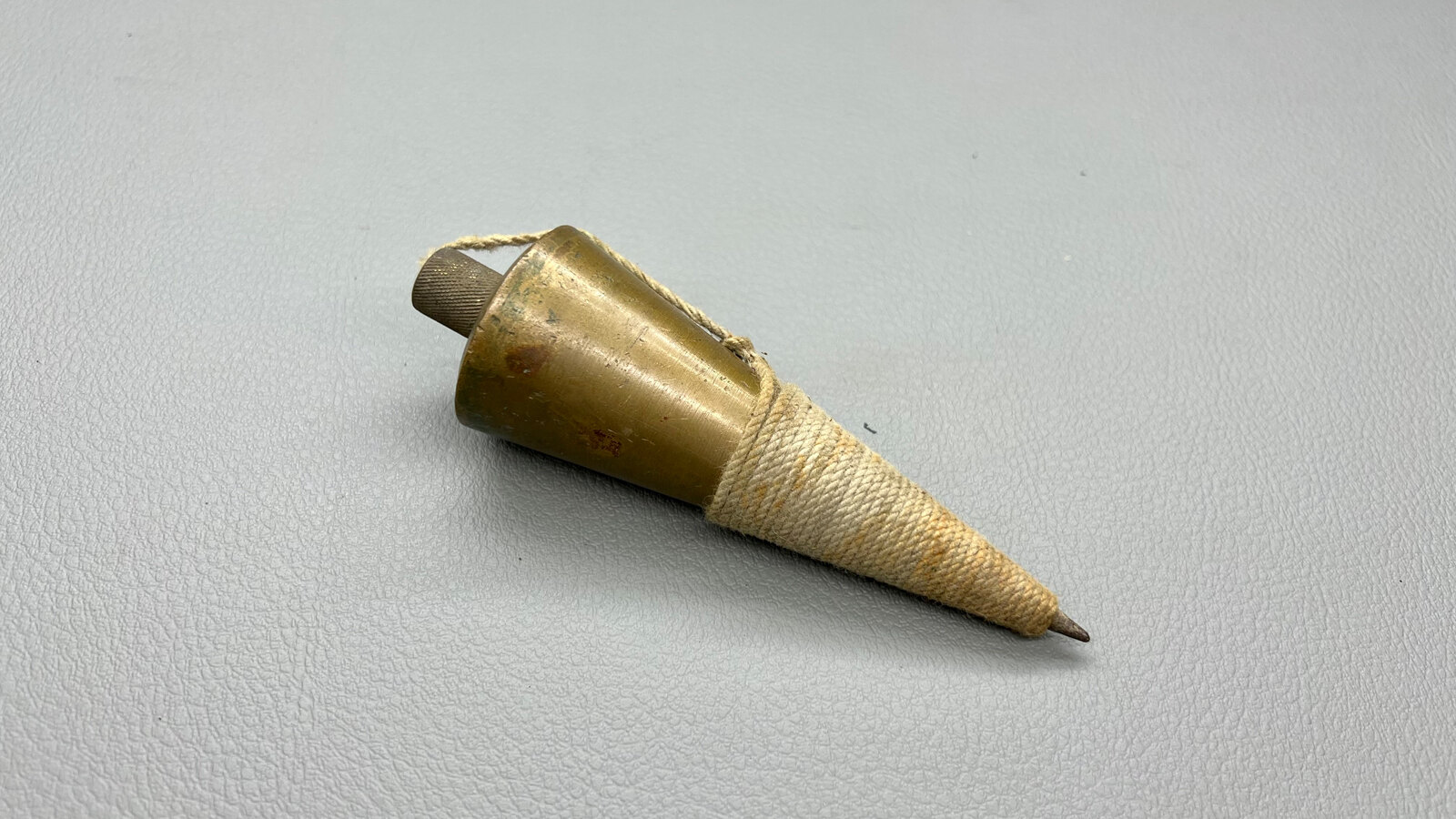
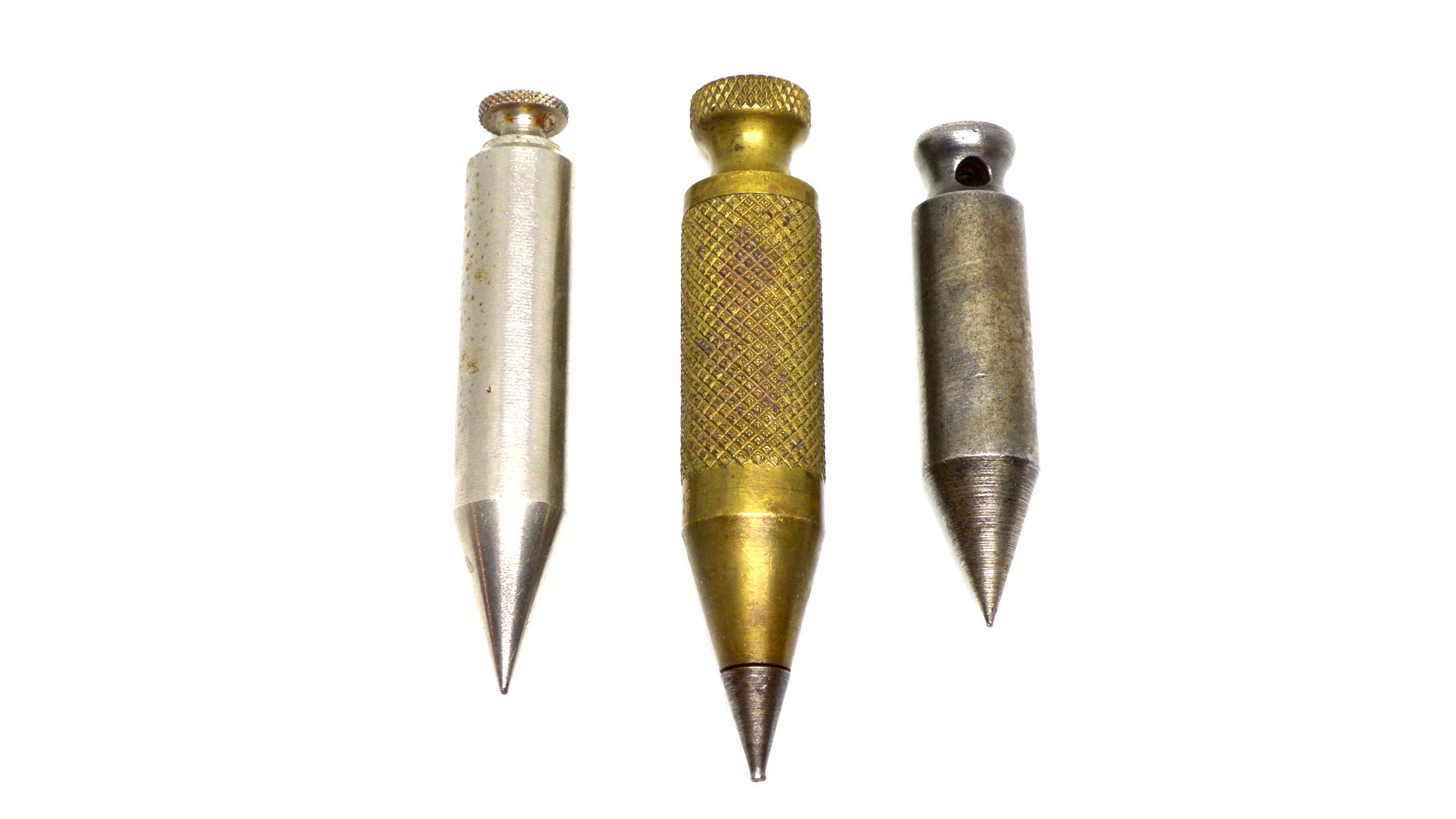
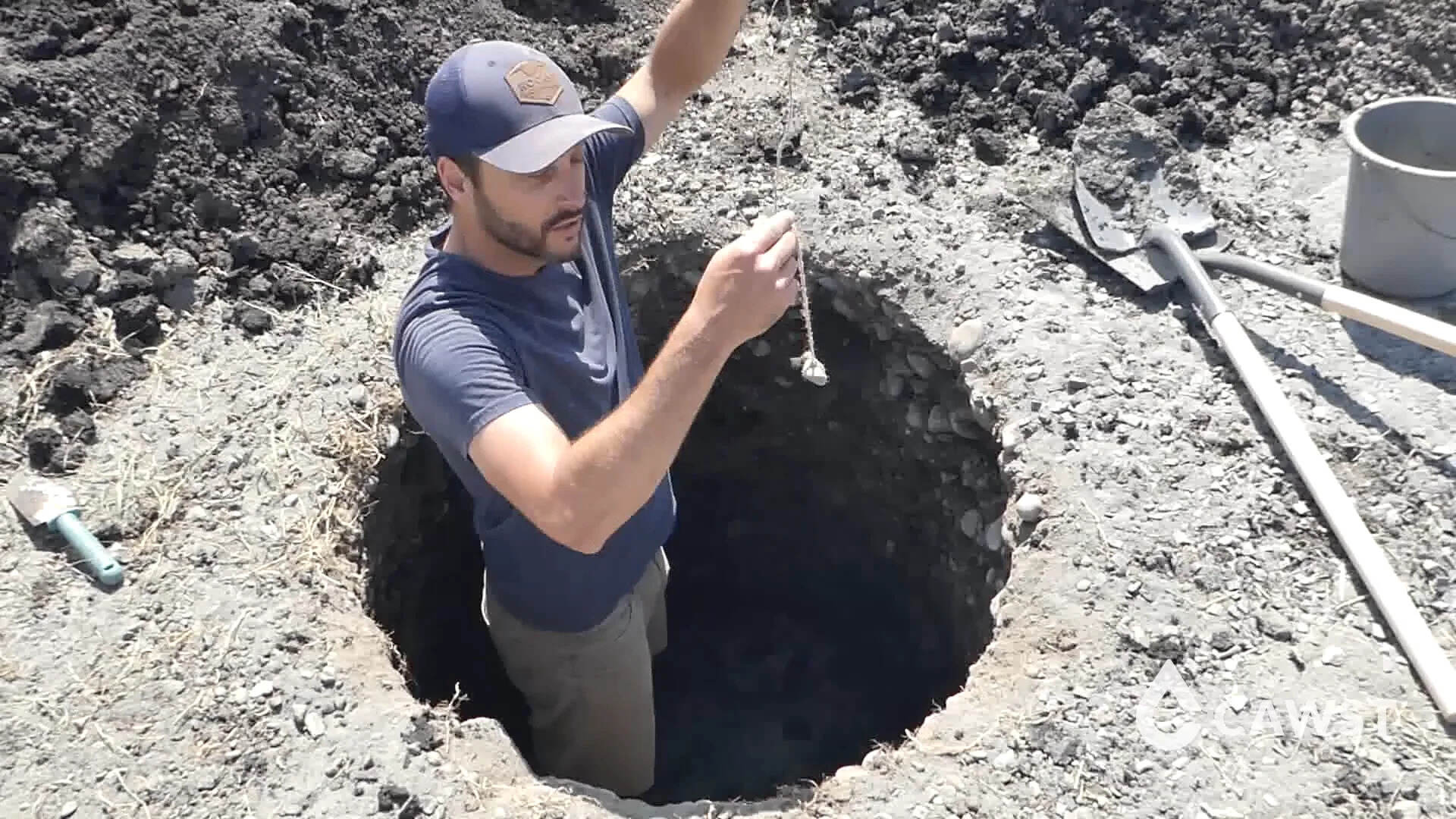
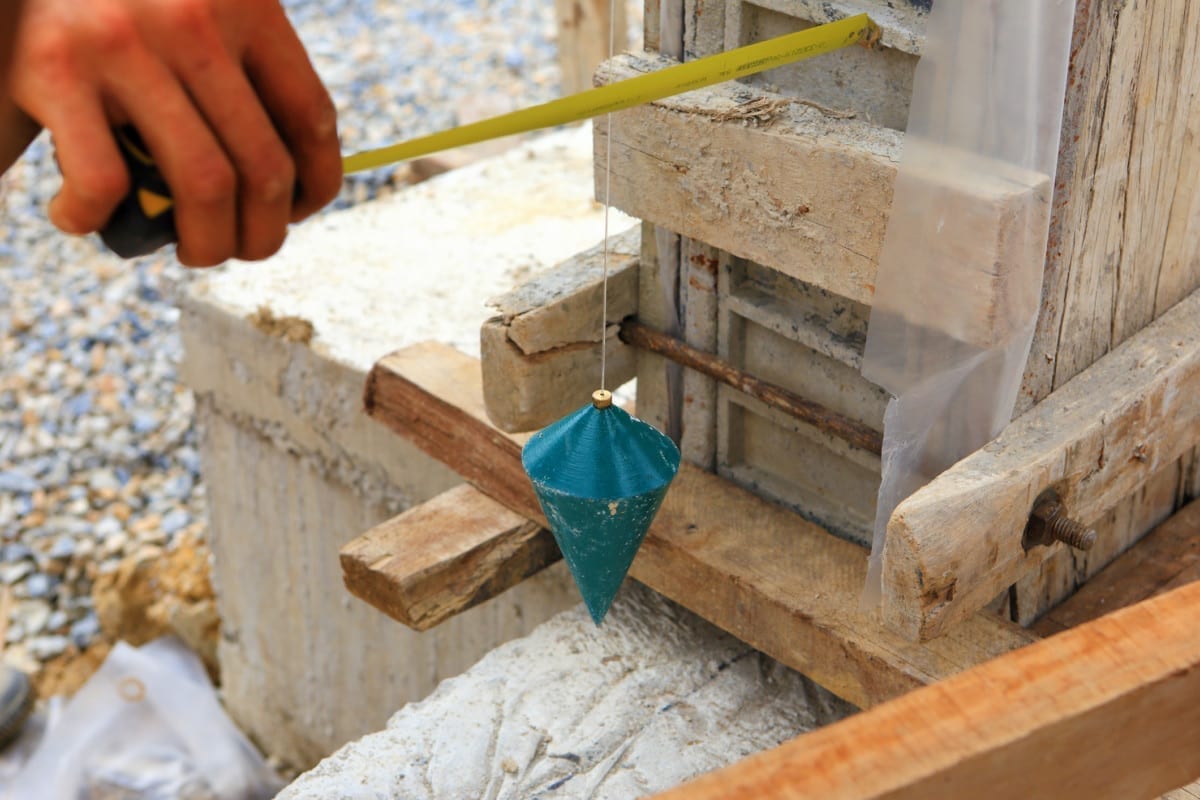
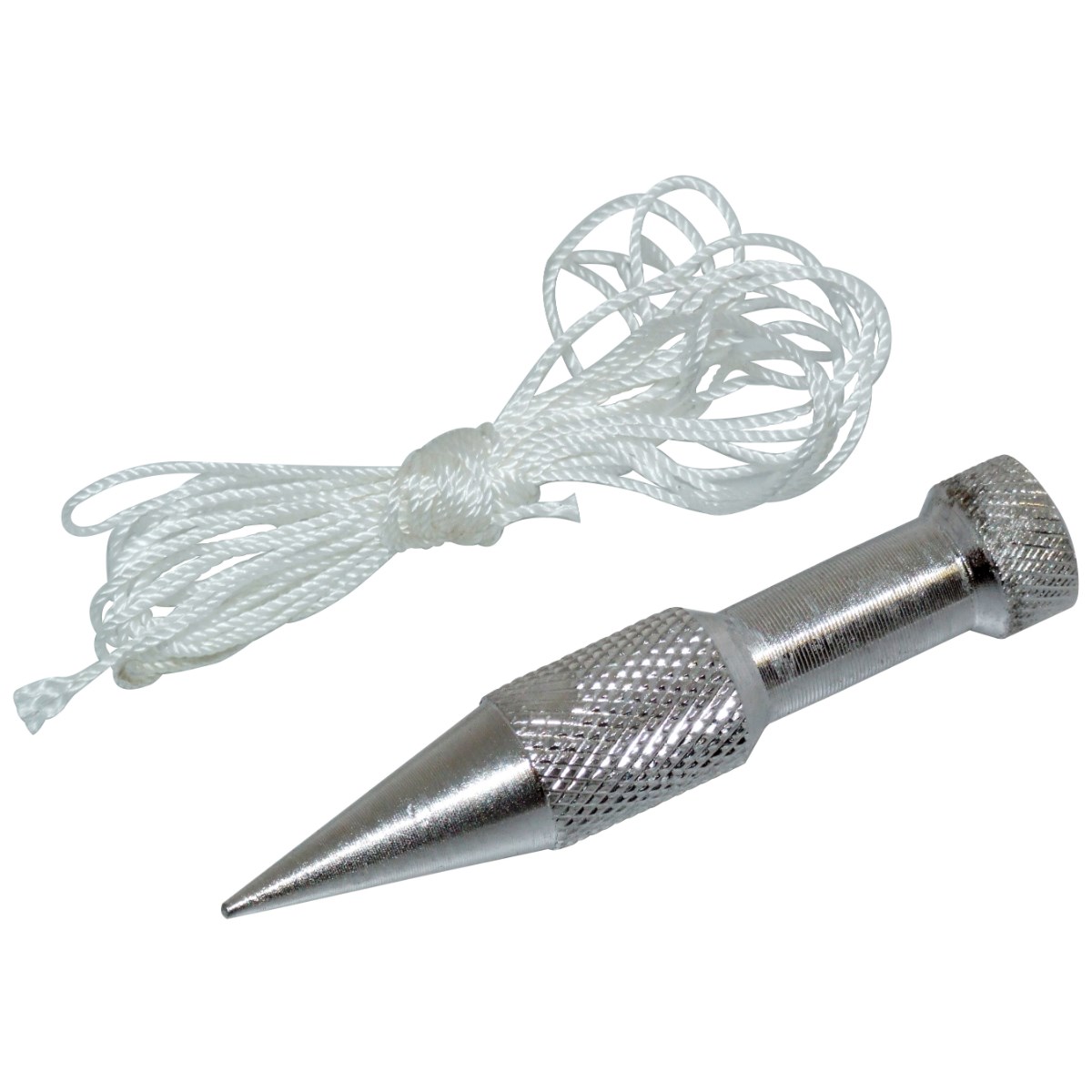


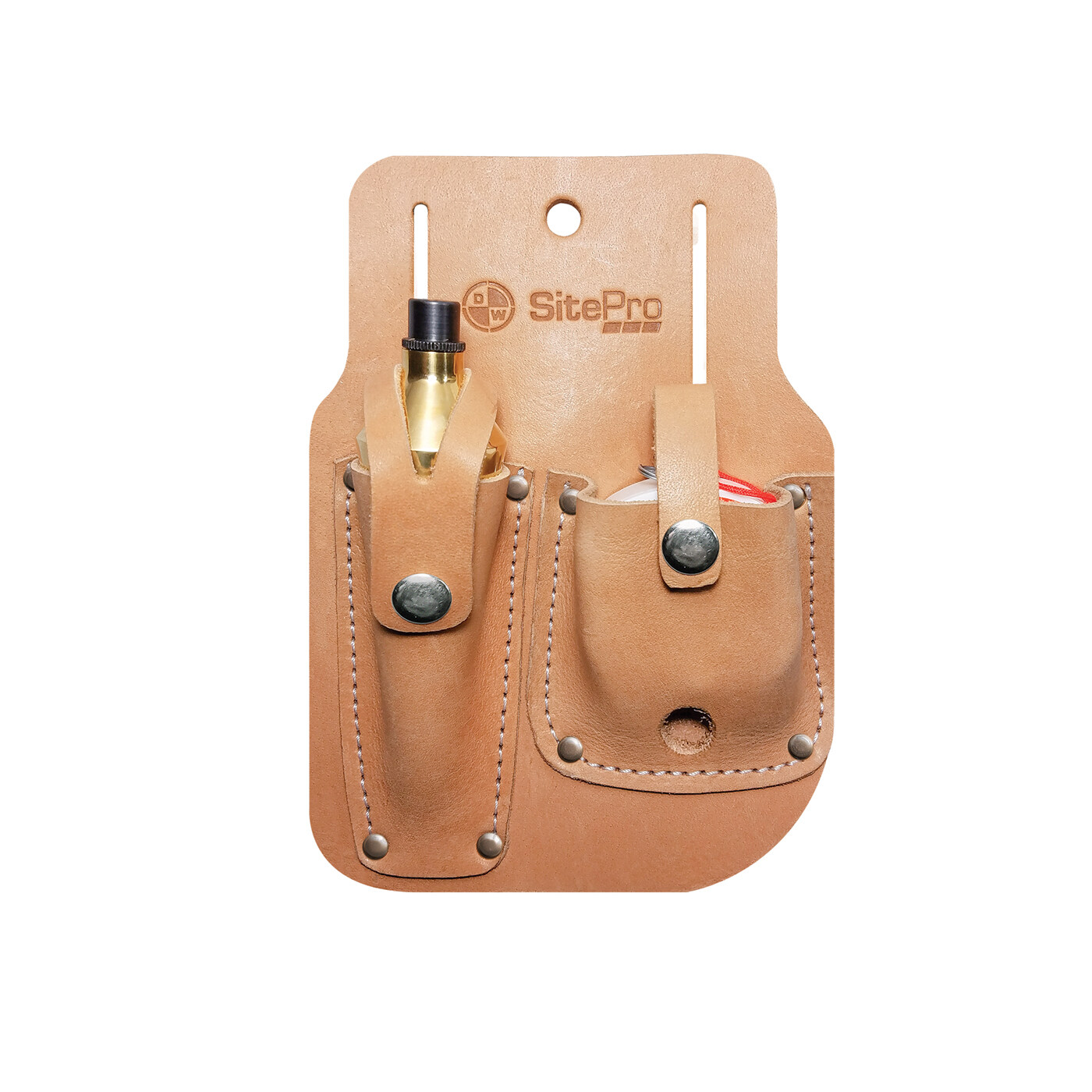
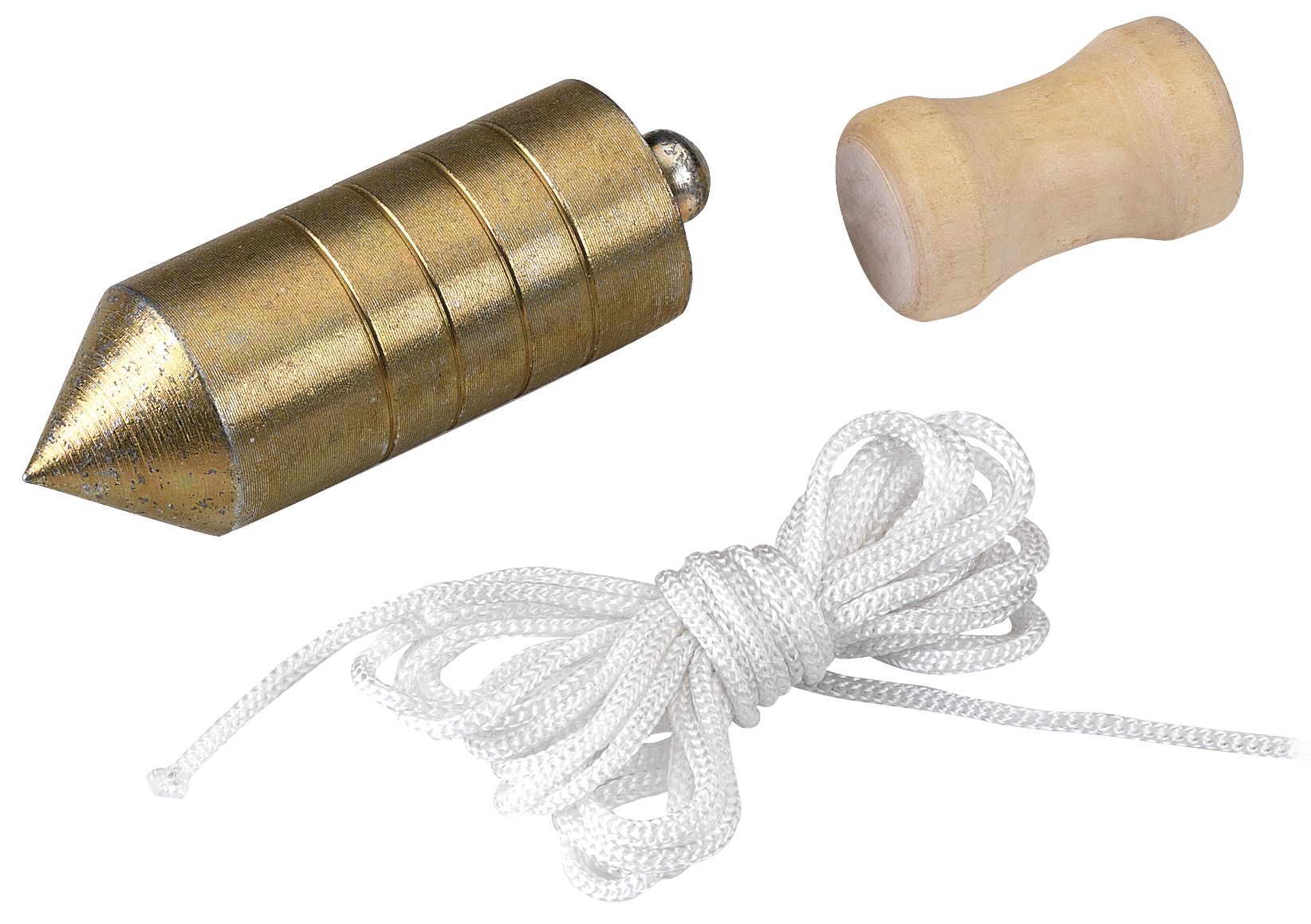
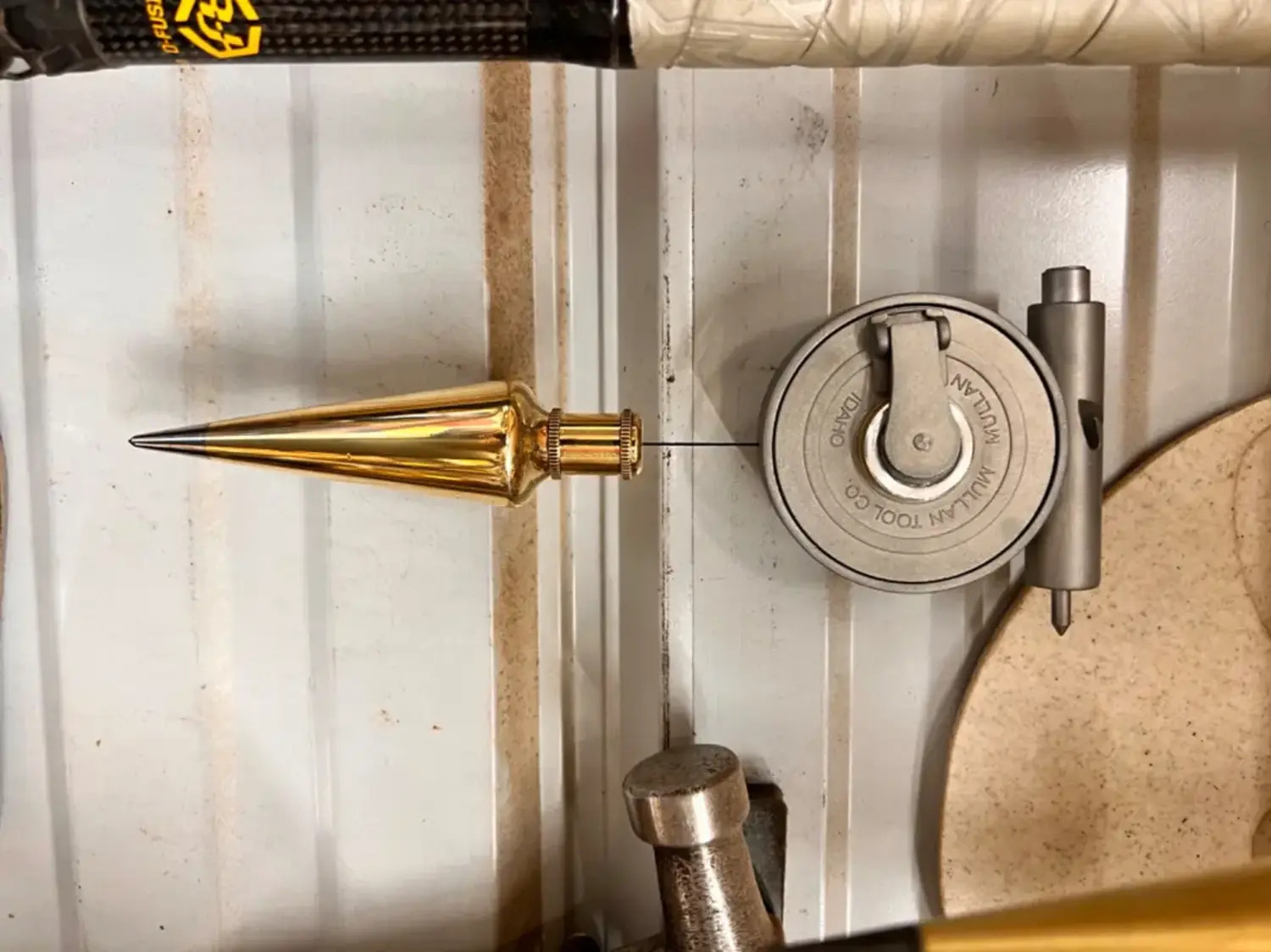
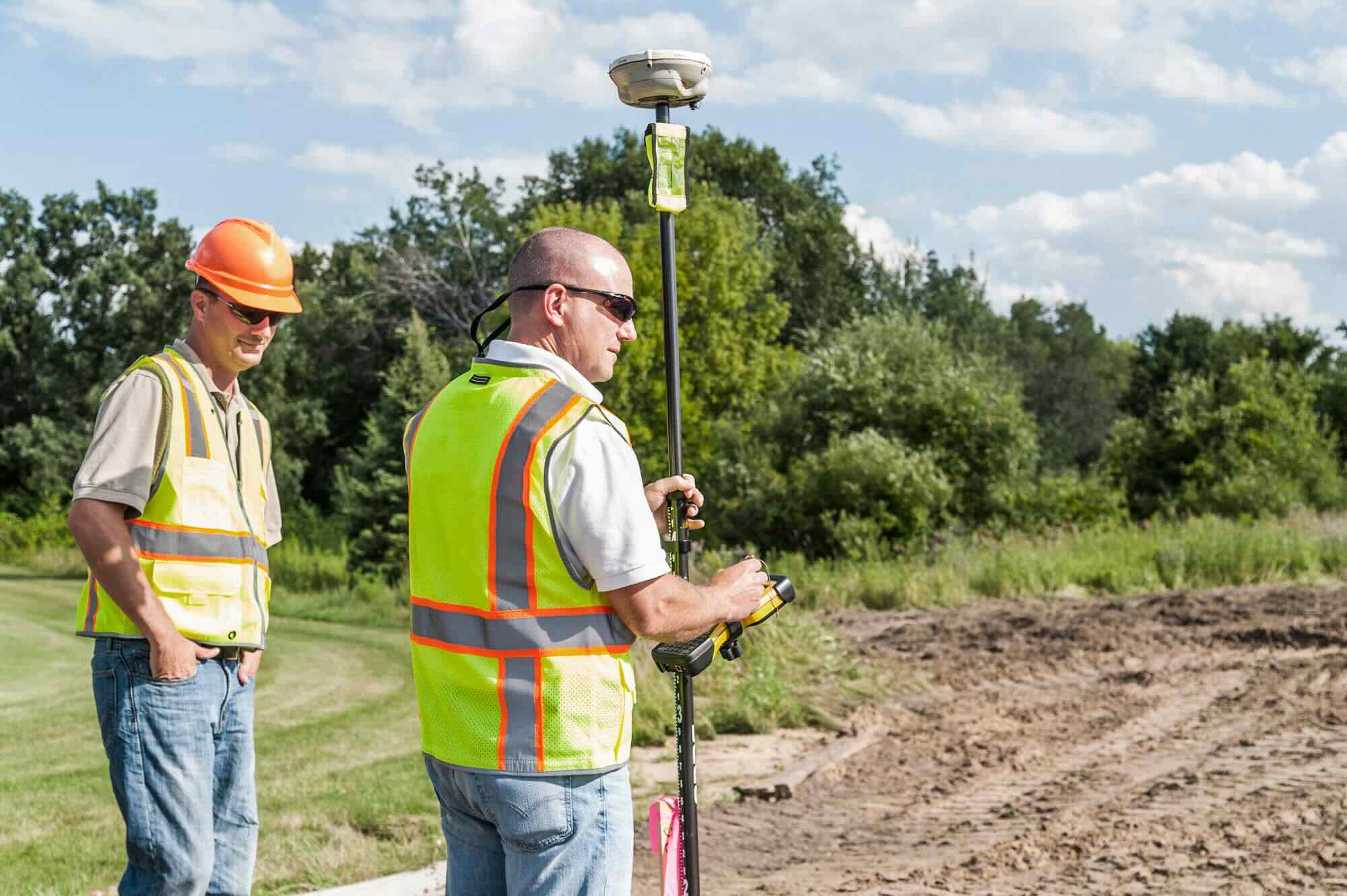
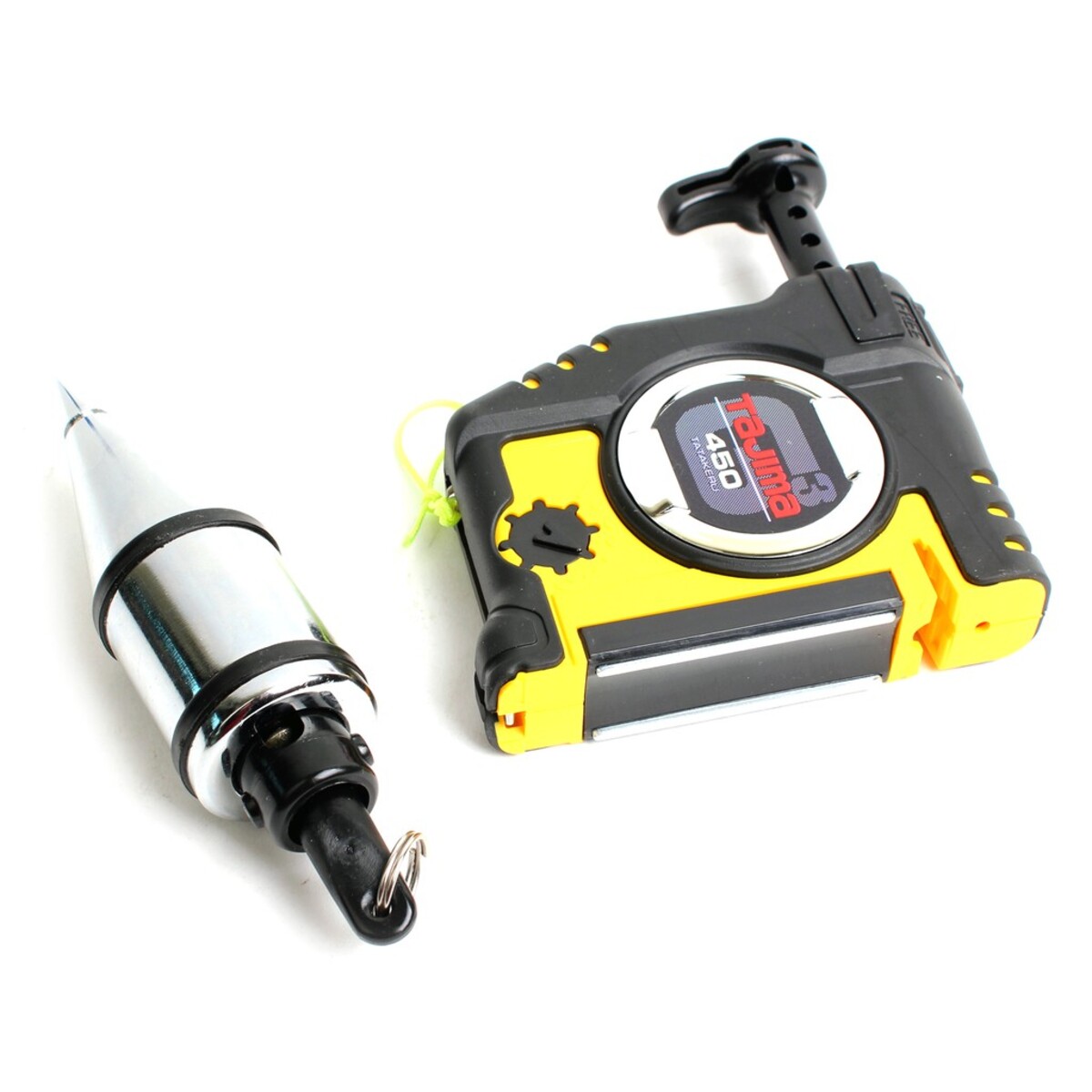
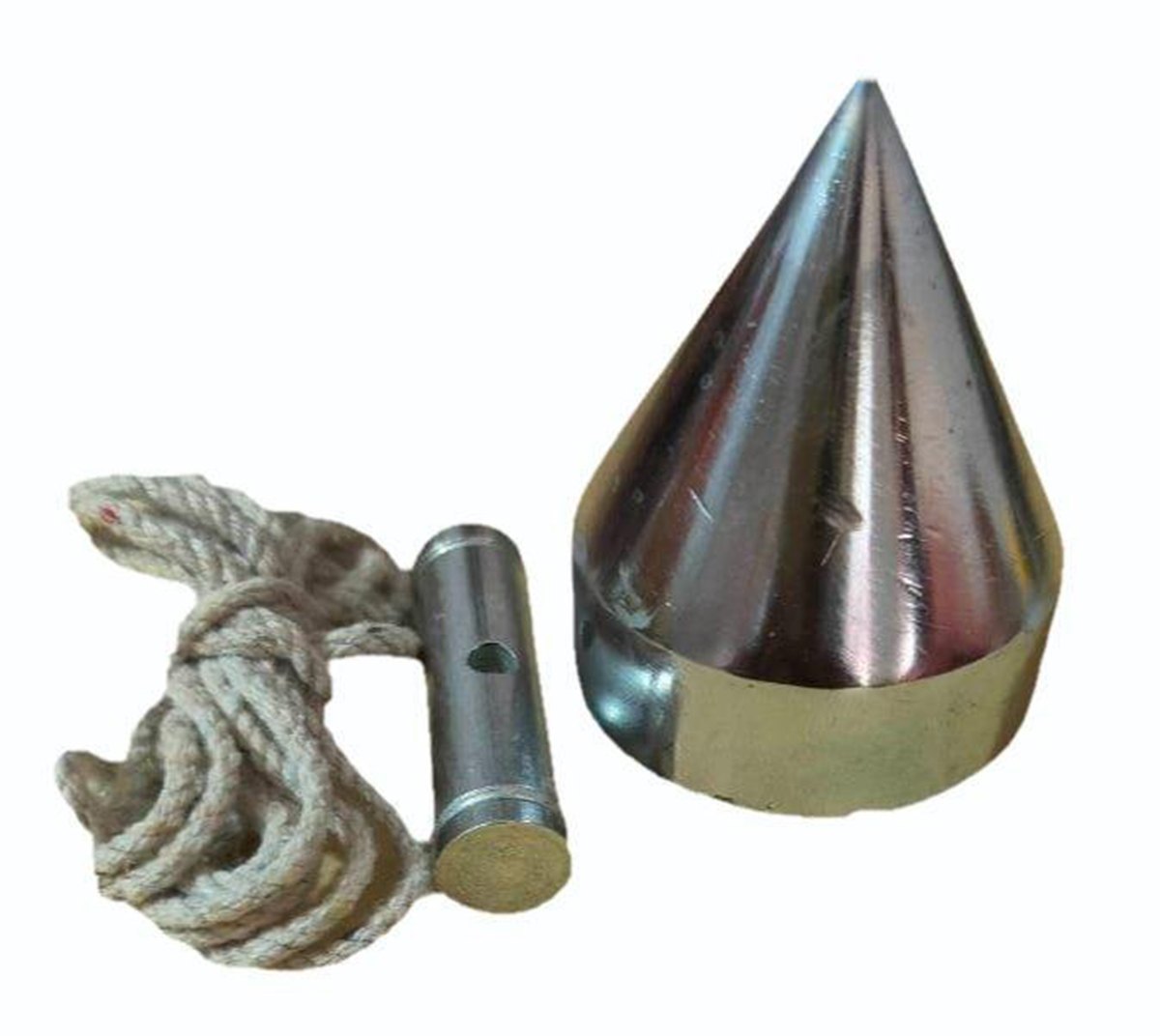

0 thoughts on “What Is A Plumb Bob Used For In Surveying”